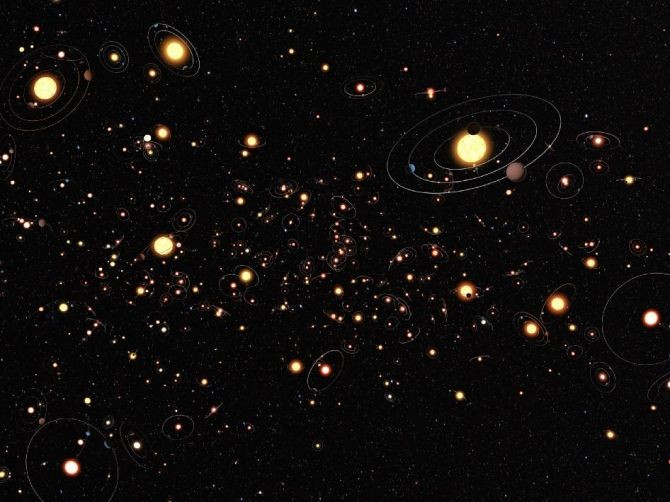Billions of Planets Exist in The Milky Way

Astronomers are finding more and more planets in the Milky Way everyday, by the billions.
A detailed statistical study by NASA based on the detection of three exoplanets located outside our solar system showed that the Milky Way galaxy contains a minimum of 100 billion planets.
The study, based on six years of observations by the PLANET, Probing Lensing Anomalies NETwork, concluded that Earth sized planets are far more common in the Milky Way Galaxy than those similar to the larger Jupiter-sized worlds.
An international team of astronomers calculated that on average our galaxy contains a minimum for one planet for every star, suggesting that there is a minimum of 1,500 planets within just 50 light-years of Earth.
Astronomers have hope for possible Earth-like planets to live on.
"Results from the three main techniques of planet detection, including microlensing, are rapidly converging to a common result: Not only are planets common in the galaxy, but there are more small planets than large ones," said Stephen Kane, a co-author from NASA's Exoplanet Science Institute at Caltech. "This is encouraging news for investigations into habitable planets."
Published by Medicaldaily.com



























